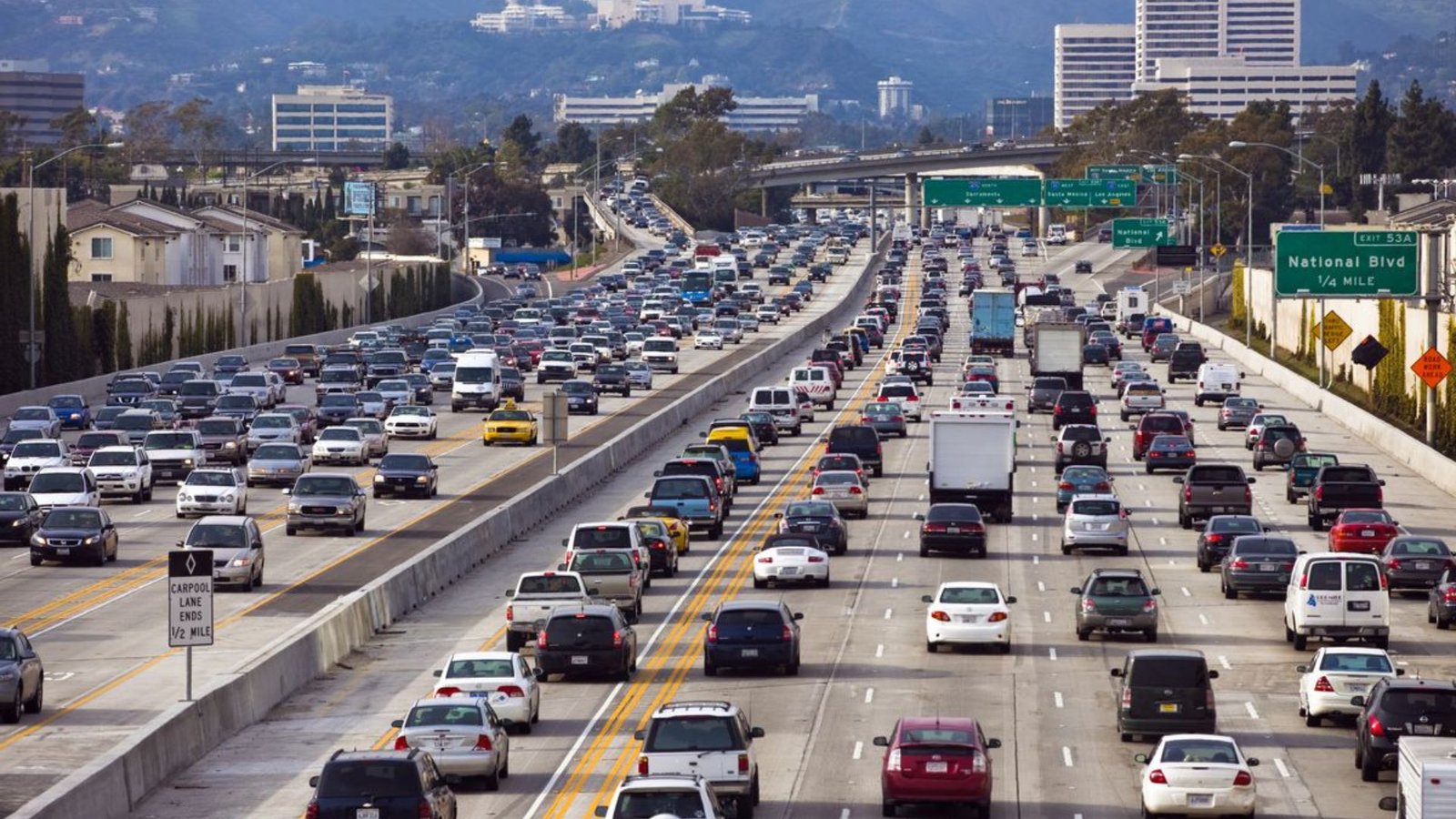Los Angeles is infamous for its traffic congestion, which can turn even a short commute into a lengthy ordeal. To help you navigate this urban jungle more effectively, here are 15 practical tips to consider.
Understanding the Challenges of Los Angeles Traffic
Before going into specific tips, it’s crucial to grasp why navigating Los Angeles traffic can be so challenging. Factors such as population density, limited public transit options, ongoing construction projects, and frequent events contribute to the congestion on LA’s roads.

Navigating Los Angeles traffic
1. Plan for Peak Hours
Navigating Los Angeles traffic efficiently often means avoiding peak hours when traffic is at its worst. Typically, these peak periods occur during weekday mornings (7-10 AM) and evenings (4-7 PM). Planning your schedule to travel outside of these times can significantly reduce your commute time.
2. Utilize Traffic Apps
In today’s digital age, traffic apps like Google Maps and Waze are invaluable tools for commuters. These apps provide real-time traffic updates, suggest the fastest routes, and offer alternative paths if accidents or road closures occur. They can help you navigate around congestion spots and arrive at your destination more smoothly.
3. Carpool or Use HOV Lanes
Reducing the number of vehicles on the road is a key strategy for easing traffic congestion. Consider carpooling with coworkers or friends to share the ride and utilize HOV (High Occupancy Vehicle) lanes, which are reserved for vehicles with multiple passengers during peak hours.
4. Stay Informed About Road Conditions
Staying informed about current road conditions is essential for planning your commute. Keep an eye on traffic reports, local news updates, and social media channels for information about accidents, construction delays, or special events that could affect your route.
5. Use Public Transportation
Exploring public transit options such as buses, Metro rail, or even biking can be effective alternatives to driving in heavy traffic. Public transportation allows you to avoid the stress of navigating congested streets and reduces your carbon footprint.
6. Stay Calm and Patient
Maintaining a calm and patient attitude is crucial when navigating Los Angeles traffic. Traffic jams and delays are inevitable, but reacting with aggression or frustration can lead to unsafe driving behaviors and increased stress levels.
7. Plan Alternative Routes
Having alternative routes mapped out in advance can save you time and frustration if your primary route becomes congested. Familiarize yourself with side streets, surface roads, and alternate highways to navigate around traffic bottlenecks.
8. Avoid Distractions
In heavy traffic, it’s important to minimize distractions inside your vehicle. Focus on the road ahead, anticipate sudden stops or lane changes from other drivers, and avoid using mobile devices or other distractions that could divert your attention.
9. Stay Aware of Surroundings
Traffic conditions in Los Angeles can change rapidly, so staying alert and aware of your surroundings is essential. Keep a safe distance from other vehicles, watch for pedestrians and cyclists, and be prepared to adjust your driving strategy as needed.
10. Maintain Your Vehicle
Regular vehicle maintenance is crucial for ensuring reliability and safety on the road. Schedule regular oil changes, tire rotations, and inspections to prevent breakdowns that could exacerbate traffic congestion and cause delays.
11. Respect Traffic Laws
Adhering to traffic laws and regulations is essential for safe and efficient travel in Los Angeles. Obey speed limits, traffic signals, and signage to reduce the risk of accidents and maintain smooth traffic flow.
12. Use Advanced Turn Signals
Using turn signals early and clearly signaling your intentions allows other drivers to anticipate your moves, reducing the likelihood of abrupt lane changes or collisions. Clear communication on the road helps maintain order and safety in heavy traffic.
13. Monitor Weather Conditions
Weather can significantly impact traffic patterns in Los Angeles. Rain, fog, or heat waves can create hazardous driving conditions and increase congestion. Adjust your driving speed and behavior accordingly, and stay informed about weather forecasts before hitting the road.
14. Stay Updated on Local News
Keeping up with local news and community updates can provide valuable insights into events or incidents that may affect traffic flow. Stay informed about protests, road closures, or major events that could impact your commute route.
15. Take Breaks When Needed
Long commutes in heavy traffic can be mentally and physically draining. If possible, take breaks during your journey to stretch, rest, and refresh yourself. Staying alert and focused on the road is crucial for safe driving in busy urban environments.
Conclusion
Navigating Los Angeles traffic requires patience, preparation, and a proactive approach to road conditions. By implementing these practical tips into your daily commute, you can minimize stress, save time, and arrive at your destination safely. Remember, every journey is an opportunity to learn and adapt your driving skills to the unique challenges of LA’s bustling streets.

